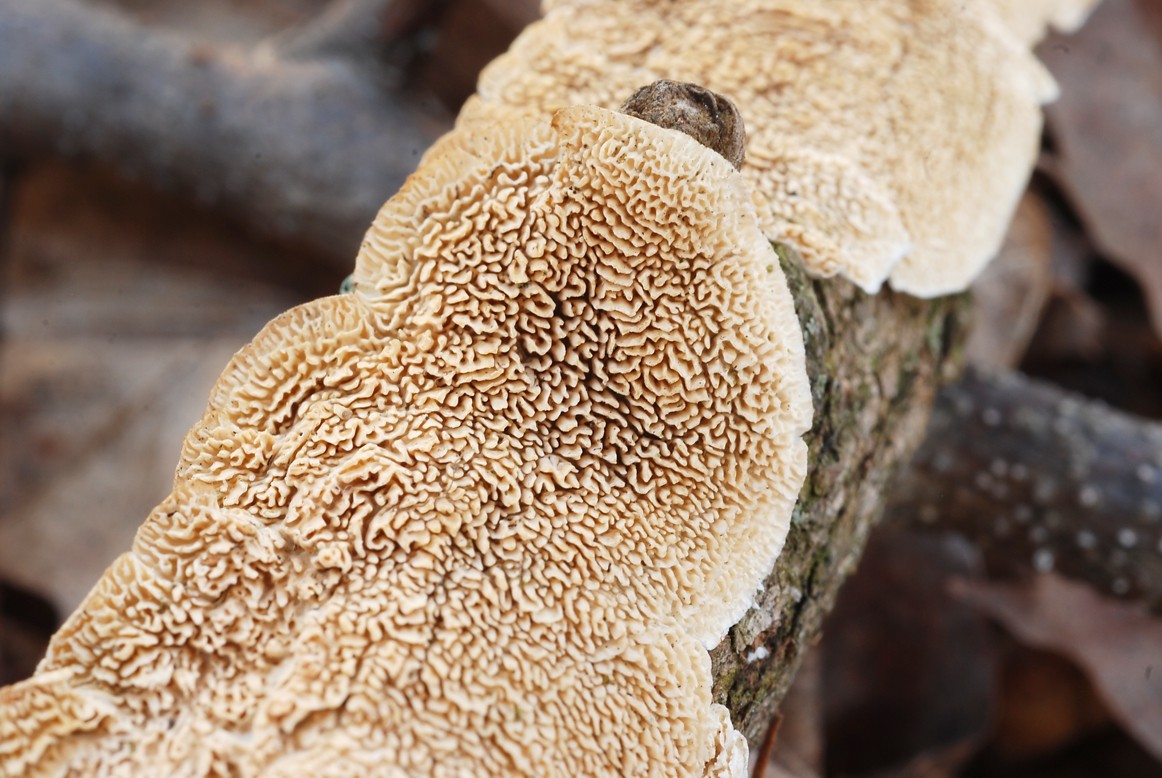Irpex
Scientific name: Irpex
Irpex
Scientific name: Irpex
 Photo By Otto Miettinen , used under CC-BY-SA-3.0 /Cropped and compressed from original
Photo By Otto Miettinen , used under CC-BY-SA-3.0 /Cropped and compressed from original Description
Irpex is an intriguing group known for its wood-decaying abilities, often forming white, crust-like structures on dead trees. They play an important role in forest ecosystems by decomposing dead wood, thereby recycling nutrients. Some irpex species exhibit a unique 'tooth-like' structure on the underside, which helps in spore dispersal. Their ability to break down tough plant materials makes them essential for maintaining a healthy balance in forested environments.